Best
violin strings for beginners
-
Overall: Affordable
-
Best Feature: Come in all sizes
-
TedScore™: 6/10
Best
violin strings for intermediate players
-
Overall: Compatible with many different types of instruments
-
Best Feature: Durability
-
TedScore™: 8/10
Best
violin strings for professionals
-
Overall: Quick response time
-
Best Feature: Settles quickly
-
TedScore™: 9/10
Looking for the finest violin strings for 2023? Dive into a selection of top-notch options to enhance your violin’s sound and performance!
Which brand produces the best violin strings? Have you ever wondered how many types of strings there are out there to try and test? One can easily become concerned with the rising costs and complexity of each additional set until you finally find the right fit for you and your instrument.
You wouldn’t be alone in this situation as it is as much a part of the journey of being a string player as are weekly lessons, frequent tuning or practising scales.
Read on to find out what I think are the best violin strings, and why.
Choosing the right Violin Strings
Having been through the dilemma of finding the right strings over several years, I can assure you it’s not as overwhelming once you’ve discovered a few key factors to consider.
Here are a few tips that may help narrow down your search and hopefully make your quest to find the right strings for you much easier.
What makes a set of strings right for me?
When it comes to choosing violin strings, it really boils down to suitability. The right set of strings must match the instrument, the player and even the repertoire/genre.
Orchestral stringed instruments are a true marvel of physical properties. The luthiers that make them pursue a balance between tension, angles and thickness, all the parts and components working in tandem by design to acoustically project vibrations forward with maximum efficiency.
Those vibrations travel throughout the entire instrument before being launched through the air, and it all begins at the sounding point, where the hair of the bow touches the string.
How do our strings affect the resulting sound?
What we refer to as the sounding point is where we create the tone quality, pitch, volume, timbre, articulation and dynamics. It’s where we shape the phrase and guide the melodic contour; basically – it’s where all the music-making begins.
So it is absolutely crucial that when a player places the hair of the bow against the string, they get the intended response they wish for. Yet it is precisely in this sense that strings differ slightly from one another.
Violins being the smallest and most virtuosic of the stringed instrument family, have the most variety of strings to experiment with and choose from. This is partly due to being the only stringed instrument with an E-string.
The E string
A violin E string can be very fickle.
It is the thinnest string, has the highest string tension and puts the most pressure on the bridge. It is also the string that tends to break the most often, and it is offered in two main formats: with a loop end or a ball end.
Most violinists carry more than one spare E string. They are also the cheapest string, so it’s not too hard on the budget to have plenty of extras in your case.
As violin strings vary, the E string tension and thinness distinguish it furthest

from the others. One may easily confuse a D string for an A string or vice versa for example – however, no one can miss which is the E string.
The other strings...
The G, D and A strings are more similar to each other; however, they all have their distinctive properties.
For example, the G string is the deepest, thickest and “juicy” sounding of them all. It can make or break a piece when called upon such as the opening of Ravel’s Tzigane, Sarasate’s Zigeunerweisen, Saint-Saens Concerto #3 and Monte’s Czardas.
If the G string is too flexible and low off the fingerboard, it can buzz as it vibrates back and forth and actually touches the fingerboard as it oscillates.

Gut strings may have a much different response than Steel core strings in moments like this. The warm sound we all crave from certain special moments in the repertoire is easily achieved by a gut string, but the trade-off is extreme flexibility.
The D and A strings are the most similar to each other from all the violin strings. They tend to be wound in aluminium or chrome steel. They still have a warm sound, but the difference is quite noticeable between them and the G string.
For these two, synthetic strings are more common than other violin strings. The gut string tends to be used as an entire set if one prefers them; I personally love the sound but loathe the amount of time it takes for them to settle.

Match the violin strings to Your Musical Preferences
A few variables which tend to distinguish sets of violin strings apart are; materials used, gauges (thickness), and tension.
These must then be matched with the instrument’s tone attributes and set-up (bridge and sound post), which in turn must be appropriate for the genre of repertoire being performed.
For example, it doesn’t make sense for a soft, timid instrument to be using low tension strings to play a solo concerto with orchestral accompaniment. A powerful, projecting instrument with a bright, brash, high tension string would better stand out above an orchestra.
A soft, timid instrument is more conducive to playing chamber music or as part of an orchestra section, so the strings best suited for such a combination would be a much lower tension strings or intermediate tension string with a warm, round tone colour for blending.
Synthetic core strings, steel strings or gut strings?
The materials account for much of the difference for both the outer winding (aluminium, steel, tungsten, silver, gold) and the core (gut, perlon, steel, nylon).
These materials affect the tension, tone and even the amount of time it takes for them to settle in tune – gut core strings taking the longest and sometimes never quite settling at all (this is because they are extra sensitive to temperature and humidity levels and constantly change as they acclimate)
The main string manufacturers on the market today offer a wide range of brands to choose from.
A quick visit to their website offers specific information for each brand regarding what materials are used for both the winding and the core, gauges (thickness), tension (low/high) and even thread colour-code charts in case the player mistakenly loses track of which violin string is which.
This colour code can also help you know which violin string brand is which.
Mixing Strings
Many players like the qualities and attributes of certain brands for some of the strings but prefer different brands for others, so you tend to get a mix. For example, I have seen many cellists with a Larsen Magnacore A & D combined with a Tungsten Spirocore G&C. But violinists may do this also, simply because they prefer synthetic violin strings for certain strings and steel core for other strings.
Violin playing is an art form, so there is no real right or wrong; it’s about the appropriate character of the repertoire with respect to the interpretation.

A warm tone may be wonderful for a slow movement of a concerto for example, but not the right character for a harsh passage from an aggressive composition like you may hear in Bartok or Shostakovich.
Some contemporary music calls for an eerily steely tone, so you may want an E-string that pierces on harmonics and cleanly projects sul ponticello effects.
There is no rule saying you must use the same brand or set across all four strings.
You can easily have Evah Pirazzi violin strings, combined with Dominant strings, combined with Prim strings. Of course, this may complicate your orders and budget as it is usually cheaper to purchase strings as a whole set together.
Major Violin String Brands on the Market Today
Here’s a quick reference list of the main manufacturers and links to their website:

Pirastro – www.pirastro.com
Pirastro violin strings are a top choice for violinists of all skill levels. These high-quality strings offer a warm and friendly tone that is perfect for bringing out the natural beauty of your violin’s sound. Whether you’re a beginner just starting out or a seasoned professional, Pirastro strings are designed to provide a consistent and reliable sound that will help you achieve the best possible performance.

Thomastik-Infeld Vienna – www.thomastik-infeld.com
Thomastik-Infeld Vienna violin strings are renowned among string players for their exceptional tonal quality and outstanding playability. These strings are created using the finest materials and expert craftsmanship, resulting in a warm and expressive tone that is both powerful and intricate.

Larsen – www.larsenstrings.com
Whether you are a beginner or a professional, Larsen violin strings are a reliable and versatile option. Their versatility allows them to produce a wide range of sound, matching the needs of different styles of music and performances.
Moreover, Larsen violin strings are long-lasting and durable, ensuring that your instrument sounds its best for an extended period. Most importantly, they are easy to install and tune, making them ideal for musicians of all skill levels.

Warchal – www.warchal.com
One of the most unique features of Warchal violin strings is their use of innovative materials and technologies. For example, their synthetic core strings use a patented winding technique to produce a richer, more complex sound. The company also offers traditional gut core strings, which provide a warm tone and mellow tone that is perfect for classical music.

D’Addario – www.daddario.com
D’Addario violin strings are known for their high quality and great tone. They are perfect for both professional musicians and beginners alike.
The strings are made from top-quality materials and are designed to produce a warm and rich sound that is perfect for all kinds of music.
In addition, D’Addario strings are designed to be long-lasting and durable, which makes them a great investment for any violin player. They are also easy to install and adjust, which makes them a great choice for players of all skill levels.

Jargar – www.Jargar-strings.com
Jargar violin strings are renowned for their professional tone and exceptional quality. Crafted with the utmost care and precision, these strings are designed to bring out the very best in any violin they are fitted onto.
Each string is made from high-quality materials, such as solid steel or tungsten, and features a unique winding pattern that is optimized for maximum playability and resonance. Whether you are a professional musician or a dedicated student, Jargar strings offer the ultimate in sound quality and performance.
Beginner violin strings
The best violin strings for beginners offer a balance of affordability and quality.
And when it comes to beginners, one must remember that not all sets of violin strings come in different sizes – in fact, many offer only 4/4 size, so you must check if the particular brand of violin strings you are searching for come in ⅛, ¼, ½, ¾ sizes as well.
For this, I recommend Pirastro Tonica or Thomastik-Infeld Alphaque as they offer the entire range of sizes without costing a fortune (I know we all love to see our kids do well, but the reality is that beginner violin strings don’t need to be the Stradivarius or Ferrari we all want later on)!

DESIGNED FOR: Beginners on fractional sizes
FEATURES: affordable yet sounds great
Pirastro Tonica
When you check the price above, you’ll see there are loads of great places to buy this item. Our personal favorite is Gear4music.
It is the largest music retailer in the UK and fast becoming the most respected online music shop in the US too. Their customer service is excellent, they have competitive prices, really fast shipping, and usually have the longest guarantee.
Most professional musicians use Gear4music, so there is no reason why you shouldn’t too!
- Come in all sizes and is not expensive
- You wouldn't want these on an expensive violin
The professional musician who wrote this article combined many things,
from the product build, manufacturer’s reputation through to feedback
from other users, to create our famous TedScore™.
Thomastik Alphayue
When you check the price above, you’ll see there are loads of great places to buy this item. Our personal favorite is Gear4music.
It is the largest music retailer in the UK and fast becoming the most respected online music shop in the US too. Their customer service is excellent, they have competitive prices, really fast shipping, and usually have the longest guarantee.
Most professional musicians use Gear4music, so there is no reason why you shouldn’t too!
- Come in all sizes
- They don't last long and don't sound too special
The professional musician who wrote this article combined many things,
from the product build, manufacturer’s reputation through to feedback
from other users, to create our famous TedScore™.
A few points to help you find the best violin strings for you
So now that you have perused the many string options available from the market, here’s a list of questions you should consider in order to match the best violin strings to your instrument:
Would you consider your instrument to have a bright, powerful tone or a dark, mellow tone, soft tone? So would modern gut strings sound brighter, better played on it or steel core?

Is the majority of repertoire you perform solo repertoire (recitals with piano/concertos with orchestra) or chamber/orchestral (sonatas, trios, quartets, member of an orchestra section)? So would the most popular violin strings make sense or should I invest in more expensive strings?
Do you tour a lot or are the majority of your performances local? Would a violin string set that responds sensitively to extreme climate changes make sense or should I buy violin strings that are generally more stable?
Do you live in an area with a moderate climate or does it tend to hit extremes?
Are you a physically strong player who digs the bow into the strings and articulates heavily with your fingers? Do I want a warmer sound quality and warm tone or will I need a high tension violin string set like pirastro evah pirazzi?
Generally, if you are a strong player in a solo-type role like concertmaster, section principal or soloist, you will want a deep, high tension string on a powerful, projecting instrument and vice versa.
If you tour a lot or live in an extreme climate area, you may want to avoid gut strings; although they have a beautiful pure tone quality, they are super sensitive to the elements and won’t stay in tune.
How to make your violin strings last longer
You never know when a string is about to go, I’ve seen it happen during rehearsals, performances, auditions, and even right in a violin strings shop.
It would be wise to keep an extra set in your case, I recommend a cork-sealed plastic tube as it keeps them fresh and protects them from the oxidization effect. You can even use the tube for old strings that you’ve already used but are still good enough to save as an emergency spare.
Most cases come with this tube as an automatic accessory; however, if you do not have one in your particular case, I suggest you keep them sealed in their plastic packaging.
So what are the best violin strings?
I have tried and tested several types of strings on my violin, a George Klotz from 1750 with a very warm, soft round timbre, but it still projects quite admirably. I never liked how aluminium-wound strings sounded on it, they tend to come across as very metallic sounding, almost tinny.
As co-leader of my orchestra and one who regularly performs recitals, I now use Pirastro’s Eva Pirazzi Gold (with a silver G), one of the best professional violin strings.

DESIGNED FOR: Projecting loudly
FEATURES: Quick response time
OTHER INFO: Settles quickly
Pirastro Evah Pirazzi Gold
When you check the price above, you’ll see there are loads of great places to buy this item. Our personal favorite is Gear4music.
It is the largest music retailer in the UK and fast becoming the most respected online music shop in the US too. Their customer service is excellent, they have competitive prices, really fast shipping, and usually have the longest guarantee.
Most professional musicians use Gear4music, so there is no reason why you shouldn’t too!
- Settles quickly
- needs lots of energy and power to play, not for the weak
The professional musician who wrote this article combined many things,
from the product build, manufacturer’s reputation through to feedback
from other users, to create our famous TedScore™.
My violin seems to respond very well to the high tension and compliments the sonorities across the entire instrument (some other types would only bring out the G-string or low end more). So I’m very satisfied with this match made in musical heaven, and soon I hope you will also be.
Two other violin string sets that I really like are:
Pirastro Eudoxa
When you check the price above, you’ll see there are loads of great places to buy this item. Our personal favorite is Gear4music.
It is the largest music retailer in the UK and fast becoming the most respected online music shop in the US too. Their customer service is excellent, they have competitive prices, really fast shipping, and usually have the longest guarantee.
Most professional musicians use Gear4music, so there is no reason why you shouldn’t too!
- It will make your violin sing
- It will take forever to settle in tune
The professional musician who wrote this article combined many things,
from the product build, manufacturer’s reputation through to feedback
from other users, to create our famous TedScore™.

DESIGNED FOR: average violins
FEATURES: strong and steady, compatible with many different types of instruments
OTHER INFO:
Thomastik Dominant
When you check the price above, you’ll see there are loads of great places to buy this item. Our personal favorite is Gear4music.
It is the largest music retailer in the UK and fast becoming the most respected online music shop in the US too. Their customer service is excellent, they have competitive prices, really fast shipping, and usually have the longest guarantee.
Most professional musicians use Gear4music, so there is no reason why you shouldn’t too!
- Durability
- None that I can think of, maybe a little plain, not very rich, extravagant
The professional musician who wrote this article combined many things,
from the product build, manufacturer’s reputation through to feedback
from other users, to create our famous TedScore™.
Other Accessories For Your Violin
Of course, buying strings isn’t the only thing you’ll need to consider. We have a great article of 17 Must-Have Accessories For String Players that you might want to look at. In addition, here are my other favourite violin accessories that I’d recommend:
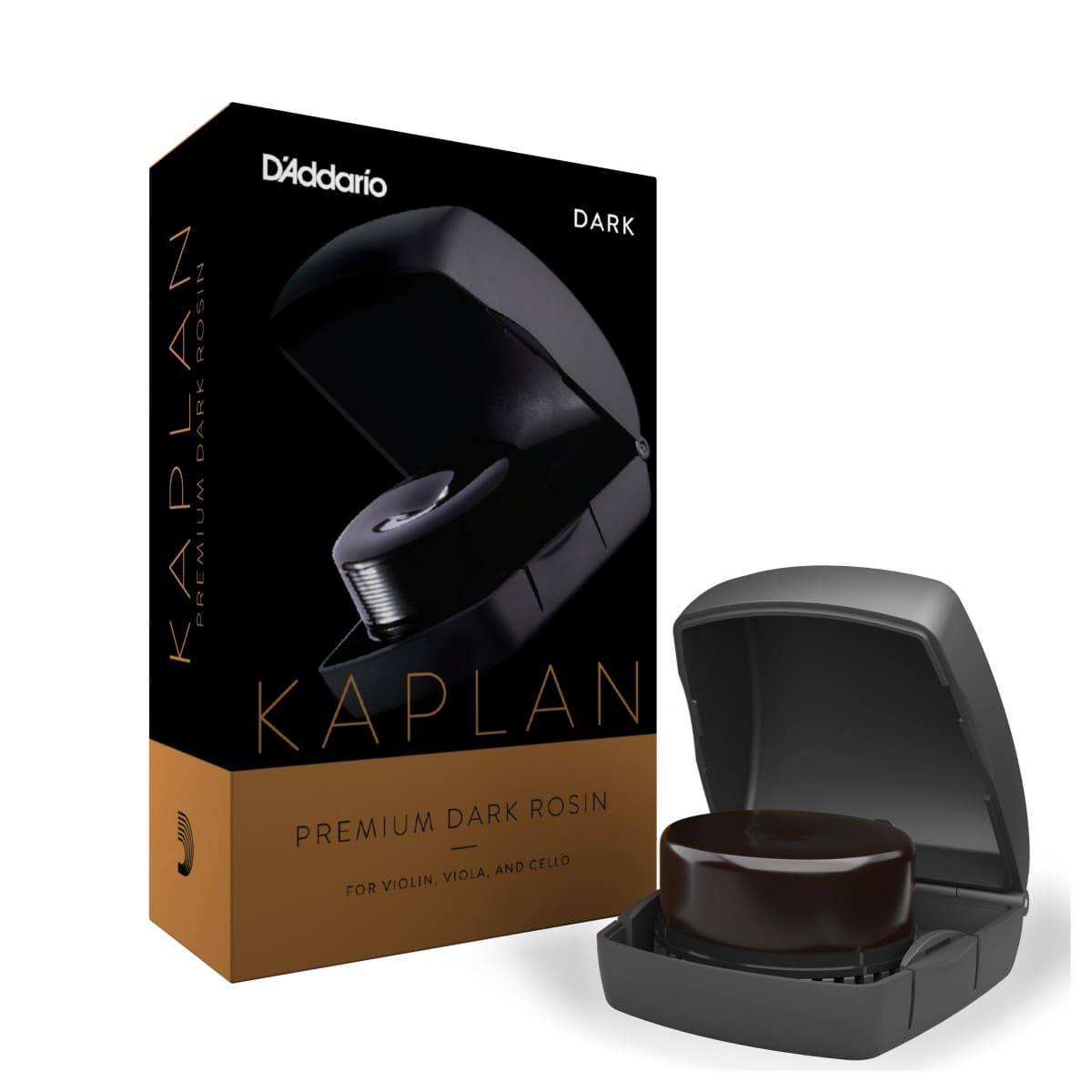
DESIGNED FOR: Violin & Viola
FEATURES: Premium case that is designed for one-handed use
OTHER INFO: The original low-dust recipe handed down from Ladislav Kaplan
D'ADDARIO KAPLAN
When you check the price above, you’ll see there are loads of great places to buy this item. Our personal favorite is Gear4music.
It is the largest music retailer in the UK and fast becoming the most respected online music shop in the US too. Their customer service is excellent, they have competitive prices, really fast shipping, and usually have the longest guarantee.
Most professional musicians use Gear4music, so there is no reason why you shouldn’t too!
- Amazing Case
- Low Dust
- A Pleasure To Use
- None!
The professional musician who wrote this article combined many things,
from the product build, manufacturer’s reputation through to feedback
from other users, to create our famous TedScore™.
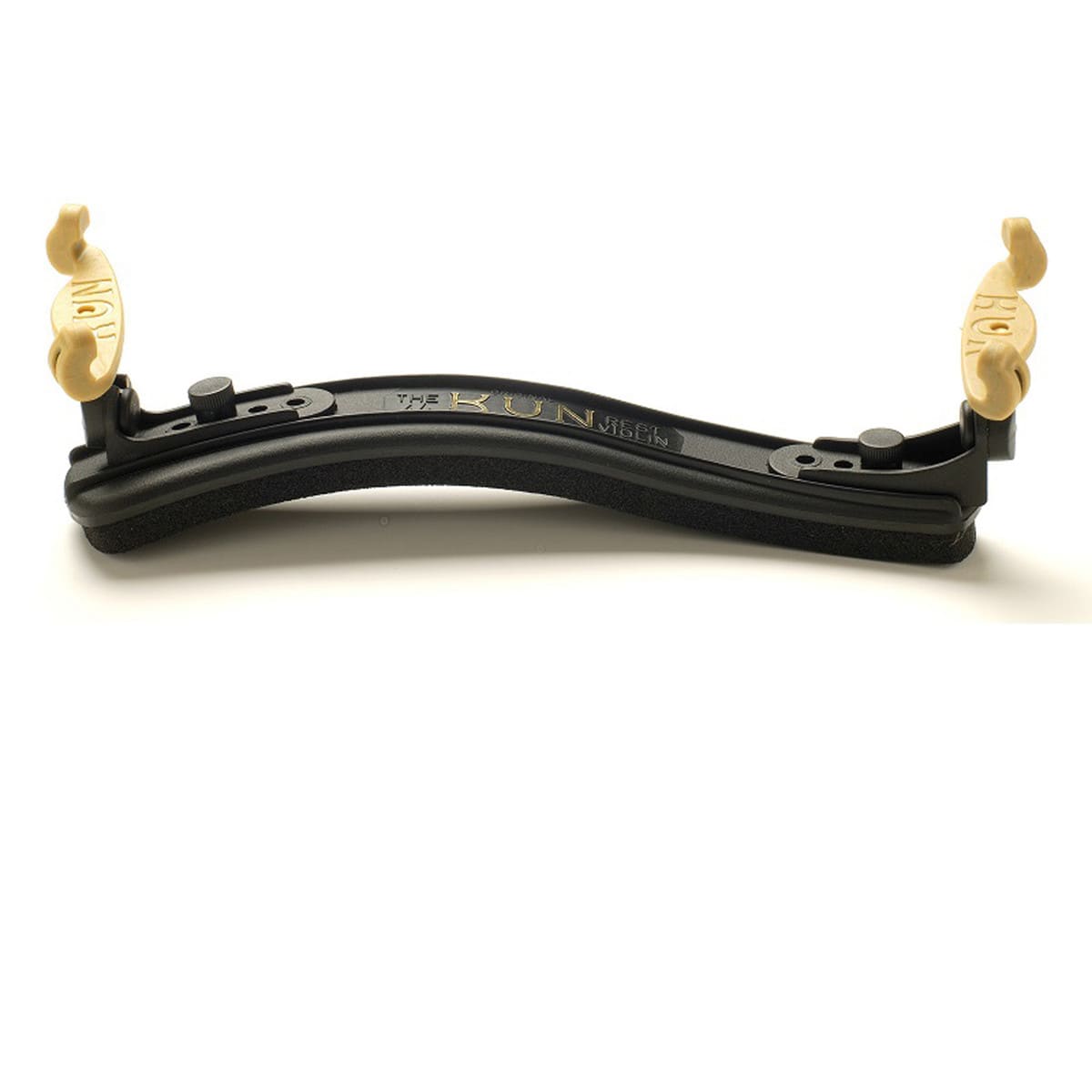
DESIGNED FOR: Violin And Viola
FEATURES: Strong Thermoplastic Frame With A Soft Sponge Rubber Pad
OTHER INFO: Fully Adjustable For Height With A Contoured Shape
KUN SHOULDER REST
When you check the price above, you’ll see there are loads of great places to buy this item. Our personal favorite is Gear4music.
It is the largest music retailer in the UK and fast becoming the most respected online music shop in the US too. Their customer service is excellent, they have competitive prices, really fast shipping, and usually have the longest guarantee.
Most professional musicians use Gear4music, so there is no reason why you shouldn’t too!
- Ergonomic shape and easy to attach
- Stylish design
- None!
The professional musician who wrote this article combined many things,
from the product build, manufacturer’s reputation through to feedback
from other users, to create our famous TedScore™.
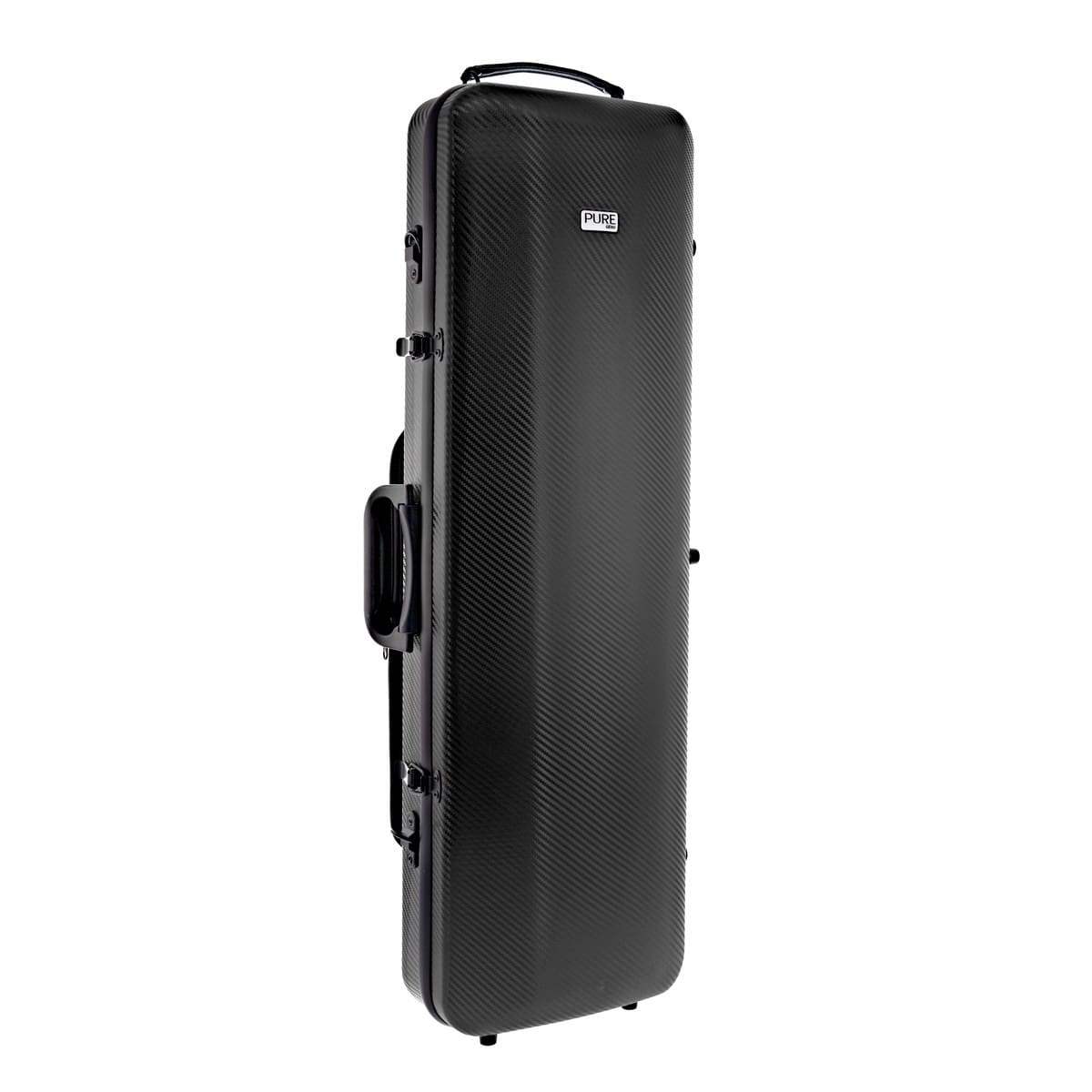
DESIGNED FOR: All Levels
FEATURES: Basic Kit
OTHER INFO: Adjustable Stem Friction For Easy Use
GEWA PURE POLYCARBONATE OBLONG VIOLIN CASE
When you check the price above, you’ll see there are loads of great places to buy this item. Our personal favorite is Gear4music.
It is the largest music retailer in the UK and fast becoming the most respected online music shop in the US too. Their customer service is excellent, they have competitive prices, really fast shipping, and usually have the longest guarantee.
Most professional musicians use Gear4music, so there is no reason why you shouldn’t too!
- Lightweight, strong and durable.
- Backpack straps enable easy transportation
- Includes a detachable accessory pouch and a removable music pocket
- Can scratch fairly easily.
The professional musician who wrote this article combined many things,
from the product build, manufacturer’s reputation through to feedback
from other users, to create our famous TedScore™.
Best Violin Strings
Summary
Although the process of choosing the right violin string set for you can seem like a daunting task, it is actually quite educational to discover the various musical colours your instrument is capable of, and I believe it to be one of the joys of playing a stringed instrument as the other instrument families don’t have this unique attribute.
There are plenty of violin string sets to choose from, and no one said you must make this decision in 5 minutes. You can choose to try a different set every year or so, and you may even find your recommended violin strings responds well to both synthetic core and steel core.
I wish you all the best on your quest to make music with the set of strings most suitable for you and your instrument, and I look forward to hearing you perform someday.
FAQ's
They vary, but one major difference between professionals and Students is that the professionals tend to change them more often as they prefer fresh new strings for major performances.
Yes, certainly the old adage “you get what you pay for” applies to strings today.
Peter Infeld Pie or Pirastro Obligato.
Medium tends to be most popular but some like strong and some like soft – it’s really a personal preference.
There was a time when Thomastik-Infeld Dominant was, but today the market has diversified quite a bit and now it’s hard to say.
A viola typically has four strings, which are tuned to the pitches of C, G, D, and A. The viola is similar to the violin, but it is slightly larger and has a deeper, richer tone.
It is recommended to change violin strings every 6-12 months or when the sound quality deteriorates. Professional players may change their strings more frequently to maintain the best possible sound.




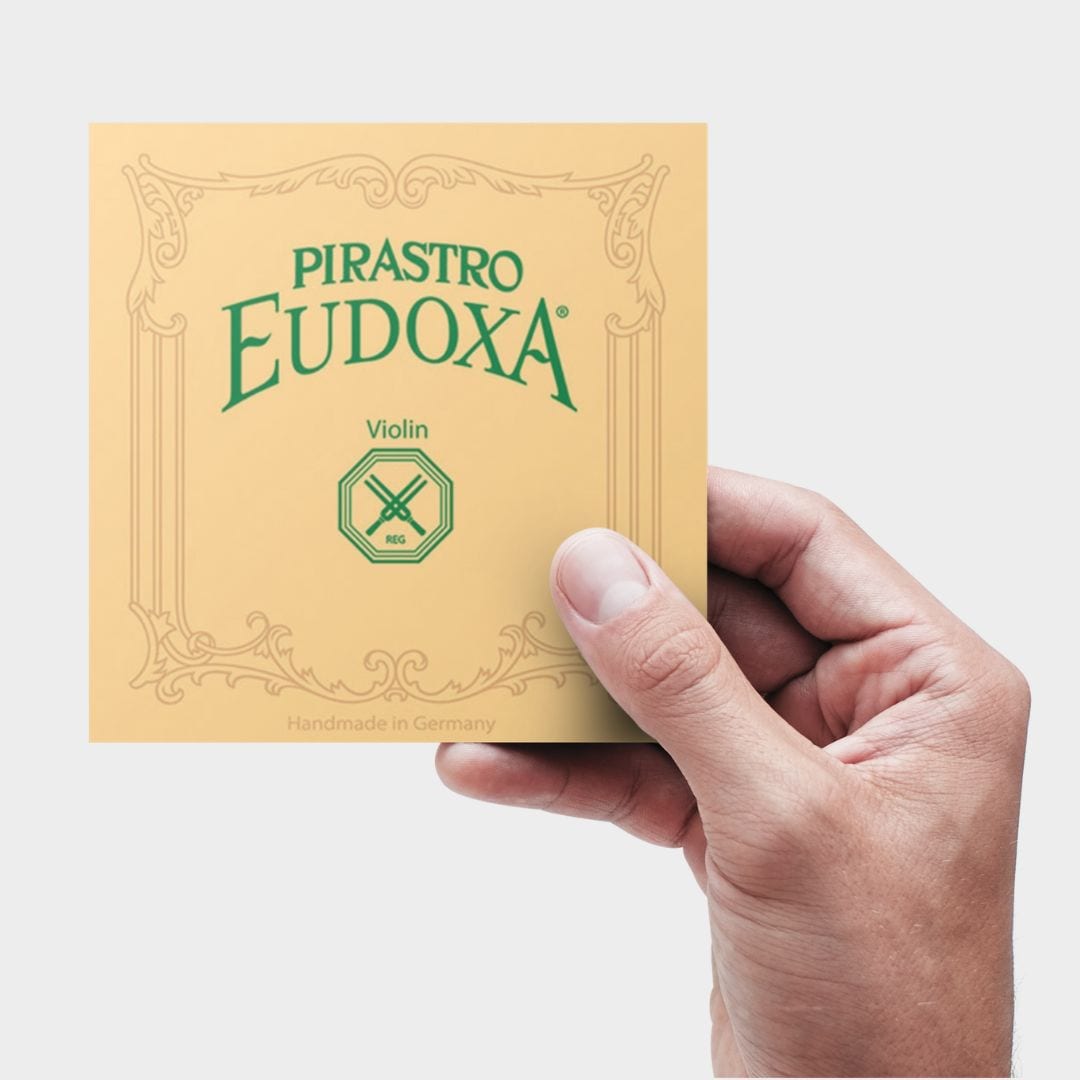







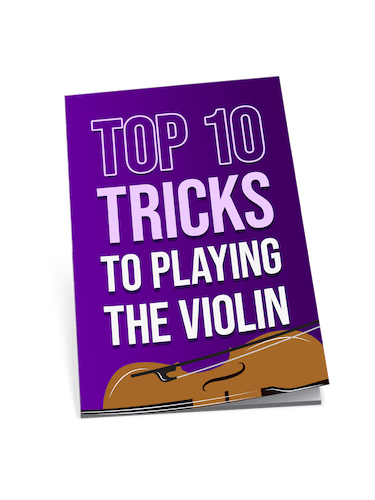
This section on making violin strings last longer is gold! I honestly never thought about how much of an impact regular cleaning could have. Plus, the part about not over-tightening the strings? Eye-opening. I’ve definitely been guilty of that. Cheers for the great advice, Reg Clews!
I’ve read your piece on the major violin string brands currently available on the market, Reg Clews, and while it provides a great overview, I believe you may have slightly undersold the complexity of choosing a string brand. The emotional connection and the feel under the fingers are critical in my selection process, beyond just the sound or durability. For me, it’s as much about the journey of finding ‘the one’ as it is about the technical benefits. I’d argue that for many, the story and ethos of the brand play a non-negligible role as well.
so, are steel strings better for beginners or what? kinda lost here :/
Reg Clews, your segment on ‘Choosing the right Violin Strings’ truly resonates with me. It’s a conversation I have almost daily with my students. The insight on matching strings to one’s musical preference was eye-opening. I’ve always leaned towards synthetic core strings for their versatility, but you’ve made me curious about experimenting more with gut strings. I’d love to know your personal preference and why. Keep up the thought-provoking work!
Love this exchange! It’s great seeing musicians share experiences and encourage exploration.
Hey ViolaQueen, when you switch between string types, do you notice a significant adjustment period for your playing technique? Thinking of doing the same after reading this.